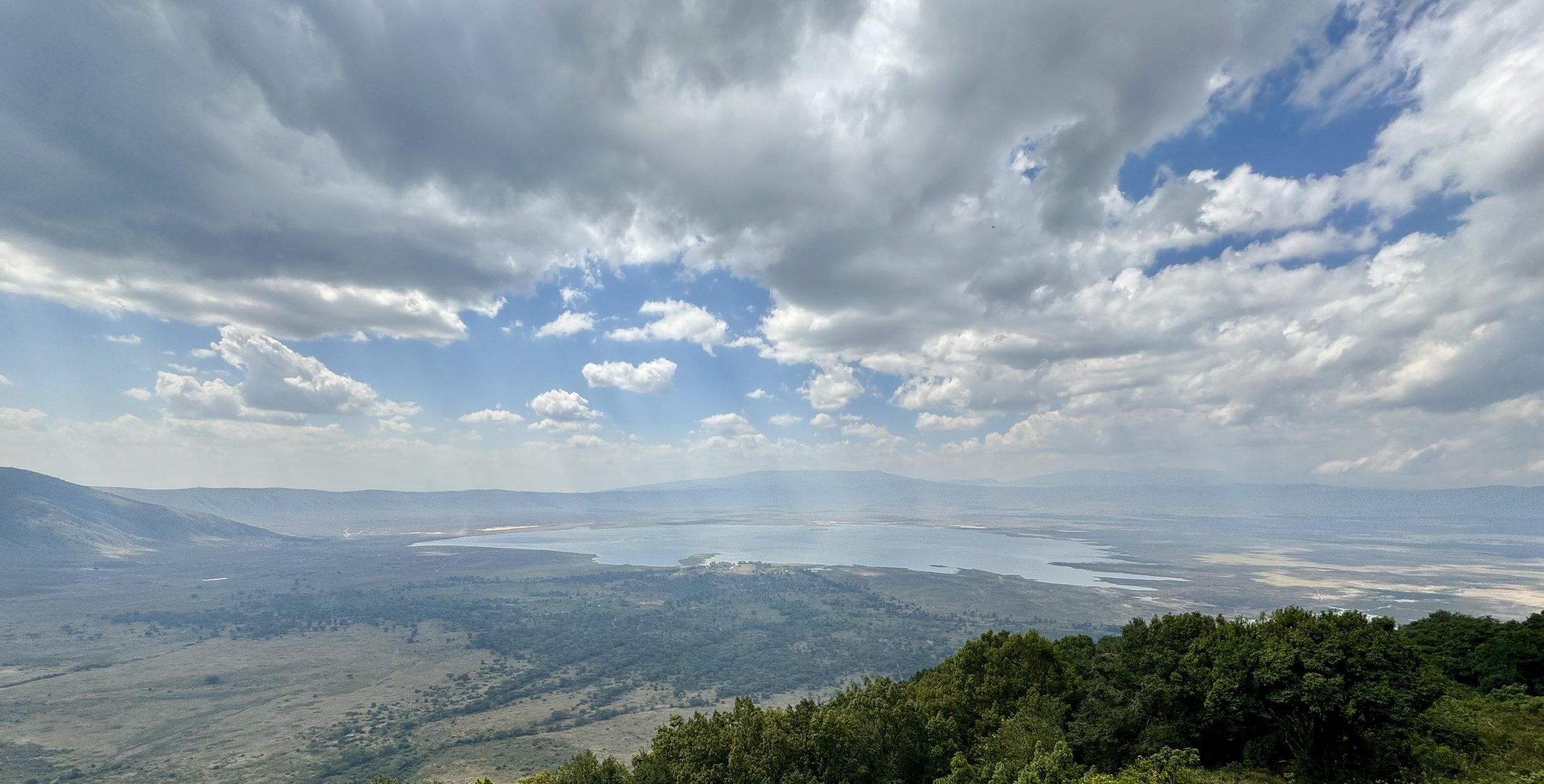
Tracking the big 5
In and around the Ngorongoro Crater
What is the Ngorongoro crater?
The Ngorongoro Crater, the world's largest caldera, is situated within Tanzania's Ngorongoro Conservation Area. Designated as a multiple-use land area in 1959, it allows semi-nomadic Maasai cattle farmers to coexist with native wildlife. This region holds immense global significance for biodiversity conservation due to the incredible density and diversity of species that inhabit the crater. It also serves as a key corridor for the annual migration of wildebeest, zebras, gazelles, and many other species as they move south into the Serengeti and north into Kenya’s Masai Mara.
I was honored to experience this extraordinary place, where I had the rare opportunity to witness a vast array of wildlife—including all of the Big Five—in a single day. It is a place I will never forget, and I am excited to share what I encountered during my visit.
Lion-Leopard-Cape Buffalo-Elephant-Rhinoceros-
Lion-Leopard-Cape Buffalo-Elephant-Rhinoceros-
What are the Big 5?
The term "Big Five" originally referred to the five most challenging and dangerous animals to hunt on foot in Africa. Coined by big-game hunters, it included the lion, leopard, rhinoceros, elephant, and buffalo—not based on their size, but on the difficulty and risk involved in hunting them.
Over time, the term has been embraced by safari and wildlife operators to promote tourism, turning the "Big Five" into a must-see checklist for safari-goers visiting African wildlife reserves. Today, these animals are among the most iconic in Africa, drawing visitors from around the world eager to witness them in their natural habitat.
Would you Like to know more about them? The Ngorongoro Conservation Area official website will tell you all about them!
